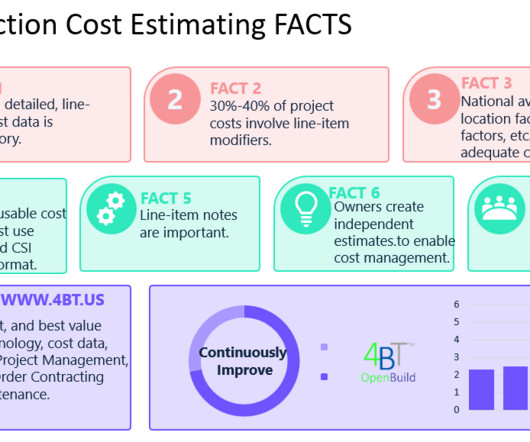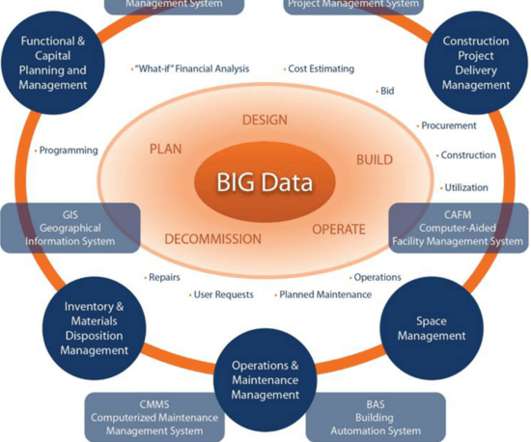Credible Construction Estimate Core Elements
Job Order Contracting
AUGUST 20, 2023
A credible construction cost estimate is required prior to engaging in procurement. Typical construction project stake holders include: Owners (management, engineering, contracting/procurement, building users), Contractors, Subcontractors, and Designers/Architects. Primary data sources should be used whenever possible.


















Let's personalize your content